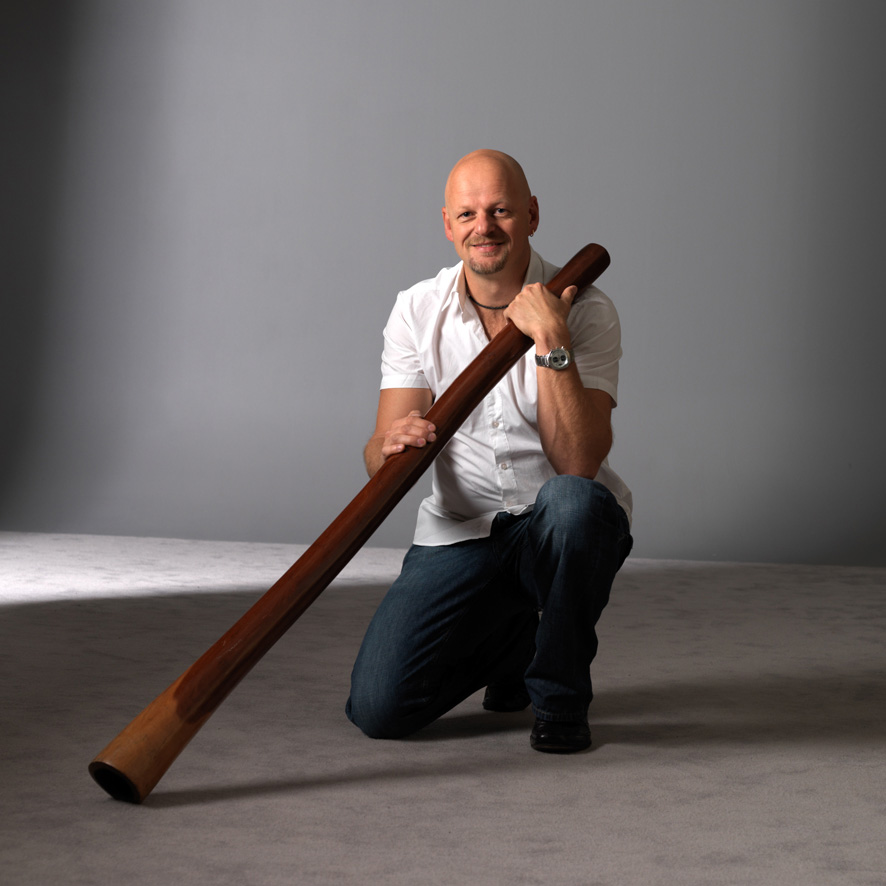Get in touch!
Questions about our courses or products?
Feel free to contact us using the details below!
Contact information
Australian Treasures
Karos 81
1625 HT Hoorn
Netherlands
- Phone number
- +31 (0)229 75 77 66
- info@australiantreasures.com
Send a message

Frequently asked questions
Read our frequently asked questions. Get in touch if you can't find your question!
-
Which didgeridoo tone should I purchase?
The best keys to start with are a low note between a C and an E note. A bamboo didgeridoo is highly recommended because of a nice low deep tone that is usually tuned to the key of D due to its length (120cm).
Where is the didgeridoo for sale?
These are for sale worldwide but of course also in our own webshop Australian Treasures
How long will the online course take?
The total length of the online course is over 40 minutes and covers as many as 24 lessons in it. 13 lessons relate to playing the didgeridoo and 11 lessons on circular breathing.
-
Can you play didgeridoo with a beard?
A beard makes it a bit more difficult to play - but it's certainly not impossible. You only get a more visible mark around your lips because you have to press harder to get a good seal.
No sound comes out of my didgeridoo, is my didgeridoo broken?
If you can't blow the basic note on your didgeridoo it may indicate a leak, crack or hole in your didgeridoo. However, you can easily repair your didgeridoo with beeswax. If you find a crack or hole near the mouthpiece, it will be difficult to get any sound out of your didgeridoo. A crack or hole at the end or bell of the didgeridoo will have little or no effect on the didgeridoo sound. The solution is to plug the leak which you can do very simply with beeswax. The advantage of beeswax is that it moves with the contraction and expansion of the didgeridoo's wood. Moreover, Australian aborigines also repair their didgeridoos in this traditional way
Does a didgeridoo playing course work well against snoring and sleep apnoea (OSAS)?
Scientific research has shown that didgeridoo playing strengthens the throat muscles and can therefore significantly reduce snoring and lower the number of apnoea breathing stops. Of course, it is important to keep doing the exercises but, as mentioned earlier, you can do the circular breathing exercises anywhere.
-
Is an online course really enough for me to learn to play didgeridoo?
Yes, with this course you will learn the basics and be able to progress for months. The more you practice the lessons, the faster you will master didgeridoo playing. Many people don't know that you can practise the circular breathing technique without a didgeridoo, wherever you are. So also in the car, train, while walking and exercising. That makes it great fun, too!
How long does it take to master circular breathing?
That is different, but with regular practice you can learn circular breathing within a few days.
Why is the didgeridoo important to aboriginal culture?
The didgeridoo is an Aboriginal instrument that has traditionally been important in Aboriginal ceremonies. The didgeridoo was mainly part of the Aboriginal culture to tell their stories and to get in touch with the spirit world.
What did others think?
Our workshops have helped many people with
circular breathing and have been able to reduce snoring as a result.
-
-
For me as a beginner it all worked very well, Thanks
Ulli Schneider -
Playing didgeridoo makes you fit! I am very tired after a day's work. But after practising on the didgeridoo, I have energy again! What a great instrument this is. I never thought blowing on a didgeridoo would take so little effort. Super happy.
Saskia vd Plas (participant of the one-day workshop) -
Perfect material, fast delivery....top quality. Already recieved my tirth order and there are more orders in the near future. Wonderful and very service.
Marc Mebis
-
-
-
If I play vigorously for an evening, for half an hour or so, I can get on with it for several days. Less trouble with some apnoea symptoms in the nose/throat and a lot more air! I have yet to figure out an optimum. Feeling fitter in the throat helps anyway. Greetings everyone
Bas (one-day workshop participant) -
Hi all, how nice that there are so many didge fans! I've been doing it for six months now and it's going really well. I even have a bucket of water with PVC pipe next to my bed so I can practice circular breathing every day... I am still very grateful that I did the Didgeridoo & Circular Breathing workshop with Niels.
Sharon (participant one-day workshop) -
Practising outside in the garden, I suddenly had an audience of 2 little birds, they didn't stay long, circular blowing through a straw is going great and it's already going smoother and better through the didgeridoo. Thanks Niels, your workshop provides a simple, effective approach that works very well and it feels healthy, didgeridoo playing.
Greetings, Heleen (participant of the one-day workshop)
-
-
-
Good professional information about the products. I bought a travel didge and a didge box. Both are fine. Please note that you have to breathe them in a little before they run smoothly. Circular breathing is therefore very easy to do. I decorated the box with art. Makes it slightly different.
Did Gro -
Everything perfect. the product respond to the description, shipping is monitored from the start to the end, packaging is also good... 5 stars deserved.
Alessandro Maurizi -
This spiral travel didgeridoo is absolutely magical. It is beautiful, and its weight makes it a strong instrument, while it’s not too heavy for your arms. This is the perfect companion for easy transport and, you can play it without making your arms tired, why not while walking ? The sky is the limit with this beauty. Oh, yes, a genuine long didgeridoo still sounds a little better in my opinion, but I am so excited and astonished that this sound gets so amazingly close from the traditional didge. It has a very good back pressure and the mouth piece is perfect. It plays extremely easily. This is the only version of a didgeridoo, where yourself as a player can hear how it sounds for the listener, because otherwise you’d need to record the sound with a normal didge and listen to it later. Long story short : I fell in love with it. It has become my favourite and it will never stop surprising me.
Bruno Misonne Aviation Music
-
